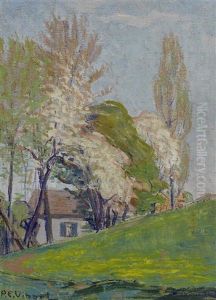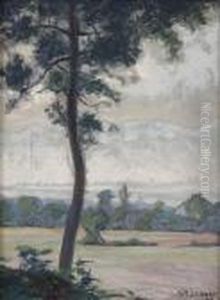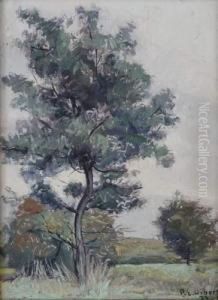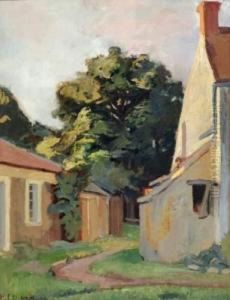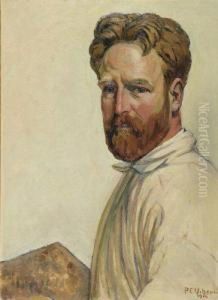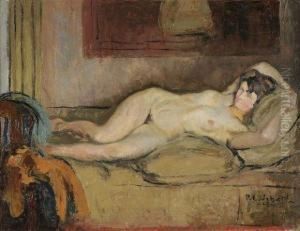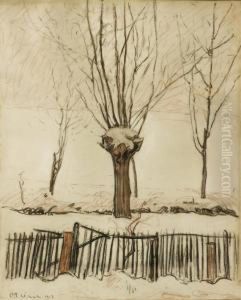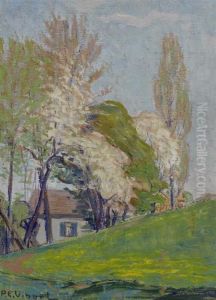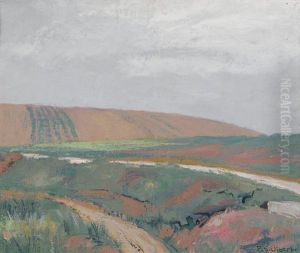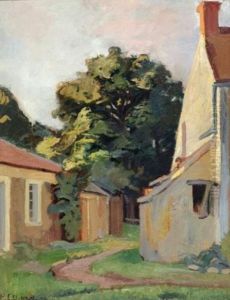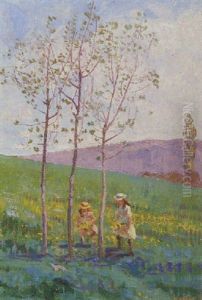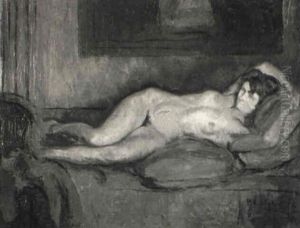Pierre Eugene Vibert Paintings
Pierre Eugene Vibert, a French painter, was born in 1847 and passed away in 1909. His artistic journey is emblematic of the 19th-century European art scene, particularly the French artistic milieu, where he carved out a distinctive niche with his genre paintings, often infused with a satirical edge and a keen eye for detail. Vibert's work is most notably characterized by his fascination with religious themes, often depicting scenes from the daily lives of clergy with humor and a critical perspective. This unique approach set him apart from his contemporaries, allowing his work to resonate with audiences both in France and internationally.
Vibert's education in art was comprehensive, having studied under renowned figures in the French art world, which greatly influenced his development as an artist. Throughout his career, he exhibited his work in prestigious venues, such as the Paris Salon, earning accolades and recognition from both critics and the public. His paintings are celebrated for their vibrant use of color, meticulous attention to detail, and the ability to convey narrative and character with depth and wit. Despite the passage of time, Vibert's work remains relevant, offering insight into the societal norms and cultural attitudes of his era.
Beyond his contributions to painting, Vibert's legacy is also preserved through his influence on the art community of his time, mentoring younger artists and participating in the artistic discourse through writings and teachings. His death in 1909 marked the end of a significant chapter in French art history, but his body of work continues to be studied and appreciated for its artistic merit and historical significance. Today, Pierre Eugene Vibert is remembered as a master of genre painting, whose artworks provide a window into the humor and complexities of 19th-century French society.
